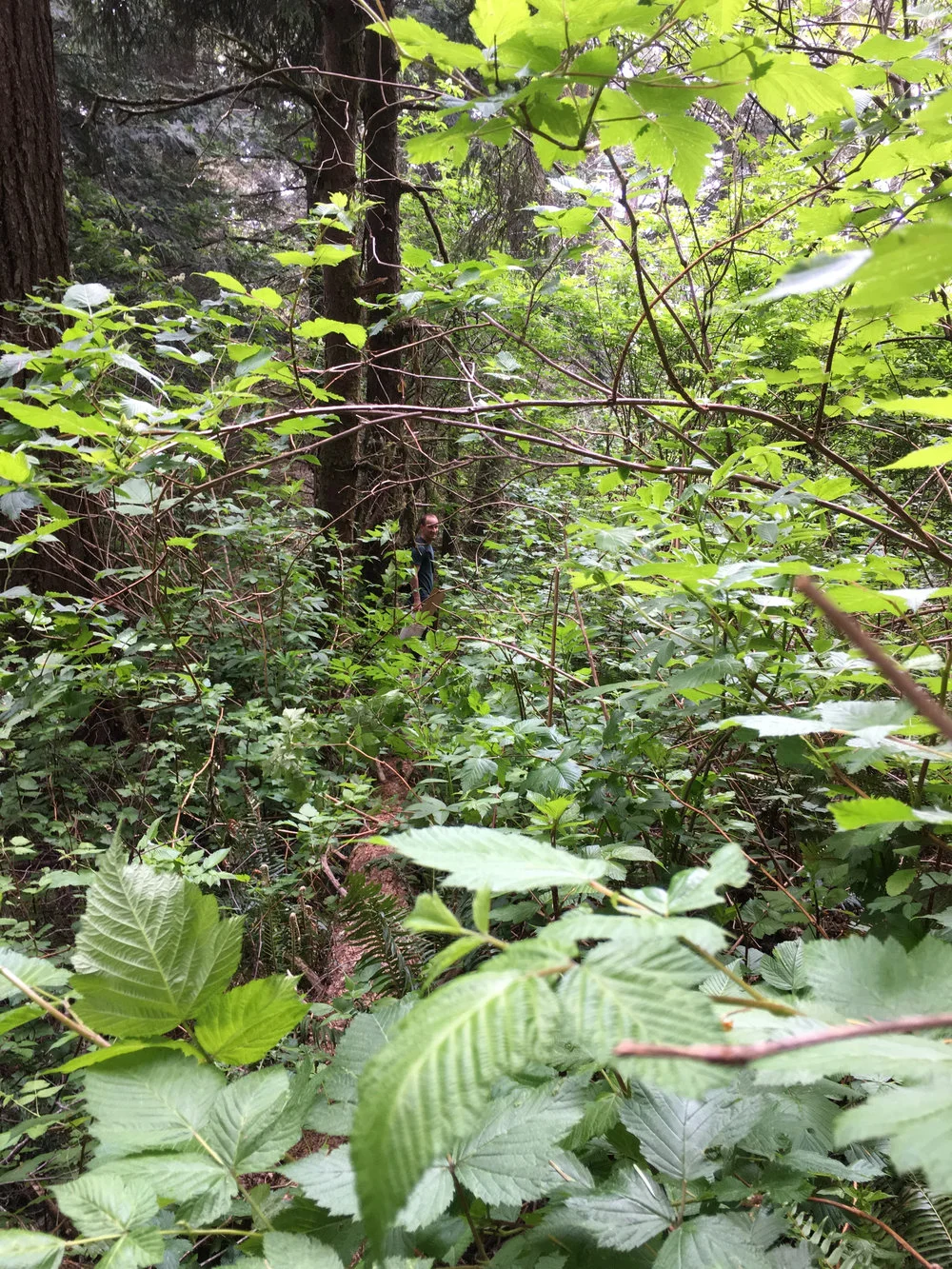Pious Perfume
By Michael H. Kew
STOCKY AND MUSTACHIOED, gentle-eyed, glasses perched near the end of his nose, Charles is an anomaly—a caucasian born on Futuna, an island that lacked electricity until the 1990s, that still has no real hospital (but 15 immaculate churches, one per village), where the bank is open three days per month, where perhaps 15 tourists deplane annually.
“Have you ever seen or heard of anybody surfing Futuna?” I ask Charles.
“No surfing Futuna, no?”
“What do you do for fun?”
"Relax, no? Possible a fishing. Church often. You know today there is the ceremony of death, eh?”
“What is today?”
June 29 marks the Solemnity of Saints Peter and Paul, a holiday unknown to agnostic me. I later learn it is a big deal, venerating the two famous saints—Paul, apostle to the Gentiles, and Peter, supreme pontiff and Rome’s first bishop. On Futuna, Mass is held at the imposing Église de Notre-Dame des Martyrs. Behind it is a long, narrow cemetery. Already, along the thrashed cement road from the airport to the hotel, among dense flora, fale, and infrastructural decay, I had seen seven or eight chapelles.
“You should go to the ceremony,” Charles says, blue glare of his computer screen reflecting on his glasses. “You can use my car.”
“How will I know which church it is?”
“When you see many people.”
I find it facing the blown-out southern coast in the village of Ono. Two hundred meters out, there is a small channel that might dish a slabby right with more tide and if the wind blew from the north. Even with the onshore wind, the surf looks fun—when bodysurfing, each wave is overhead.
But first: Mass.
Beyond Vatican City, Wallis-Futuna is likely the world’s most staunch Catholic place. Possibly cleaner and nicer than any public building on Futuna, the Ono basilica is an impressive feat of Polynesian-fused/neo-Romanesque architecture, all stone, rosewood, and stained glass. The ceiling seems a hundred feet high. A fat woman in a colorful dress drapes a fragrant lei around my neck.
Flooded with natural light, the many rows of pews can house a large chunk of Futuna’s population, and today there are hundreds, sweaty in colorful dress, cooling their faces with Samoan-style ili (fans) made from pandanus leaves. A few murmurs but otherwise the room is mute, serenely so, the seabreeze sedating the somber vibe.
The basilica fills to capacity; there is the gathering rite, loud bell-ringing, a beautiful song, followed by the priest’s greeting of the congregation. Next is the forward chorus, singing over recorded ballad-style music, the sound reverberating throughout the basilica while people—most of them now standing—frantically fan themselves as the indoor temperature rises, despite the open doors and windows. From the ornate altar, the priest delivers the vigil lectionary in solemn monotone—the first reading (Acts 3:1-10); responsorial psalms (Pss. 19:2-3, 4-5), a Galatians reading (1:11-20); an Alleluia (John 21:17) with music, and finally a swig of gospel (John 21:15-19). Then homilies, a creed, prayers, and a long communion, after which most folks (some are leaving) return to their seats. More mellifluous singing, more ballads, more homilies—the whole thing lasts two hours.
At last, stern bell a-tolling, several men carry a flowered, white-sheeted casket from the altar and out the front door, down the steps, and around the left side of the church to the backyard cemetery. The congregation follows. Nobody I ask speaks any English (my French is bad)—it is unclear to me who (if anybody) is in the casket, or if it is a prop representing Peter and Paul. Then, with wagging fingers and frowns it becomes apparent that, as a foreigner, I am not allowed near the cemetery.
I walk across the road to check the channel in front of the church’s grass carpark. The midday austral winter sun is low and searing; the surf is bad but inviting. Flanking the pass is messy windswell, but some waves are hollow—within 20 meters the depth looks to rise abruptly from the steep dark drop-off (next stop: Fiji) to very shallow before dipping back into the deep the channel. Just don’t straighten out.
Imagining my chest being grated by lava reef, sandals are swapped for swim fins and soon I am squinting at the big backlit cathedral from the inside of little Futunan tubes, settling into a quick in-and-out rhythm, carefully avoiding the reef. The water is a bit deeper than expected, and refreshing, perfectly clear, mild in temperature. Several parishioners stop and stare at me before entering their cars and leaving, probably to go drink kava and laze the afternoon away.
Thanks to a guy named Pierre Chanel, Catholicism has thrived here for two centuries. Formed in France in 1816, the Society of Mary (aka Marist Fathers) missionaries appeared in Wallis-Futuna in October 1837 after la Métropole appointed Jean Baptiste Pompallier to be the vicar apostolic of Oceania. Aboard the Raiatea, before continuing to Wallis, Pompallier stopped at Futuna with Chanel and Pierre Bataillon, plus Brothers Marie-Nizier Delorme and Joseph Lugy. The Futunans liked Chanel and Delorme, so the Marists took root, establishing a mission in King Niuliki’s zone of Alo. At the time, Niuliki, who had only recently forbidden cannibalism, was Futuna’s sole chief; he let Chanel live near him at Poi, on the island’s lovely north coast.
After a few years of Futunan brainwashing, Chanel’s own brain oozed onto the fertile Poi soil—Niuliki felt the pagan conversions (including his son’s) were dulling his kingliness. The final ax blow was dealt by Musumusu, a noble whom Niuliki loved. Oceania’s first martyr, Chanel was beatified in 1889, when Wallis-Futuna became a dependency of New Caledonia. In 1954, Chanel was canonized and deemed the first patron saint of Oceania.
When I see or hear Chanel, I think: perfume.
Another day. Fleeting fun on Futuna. Photo: Kew.


